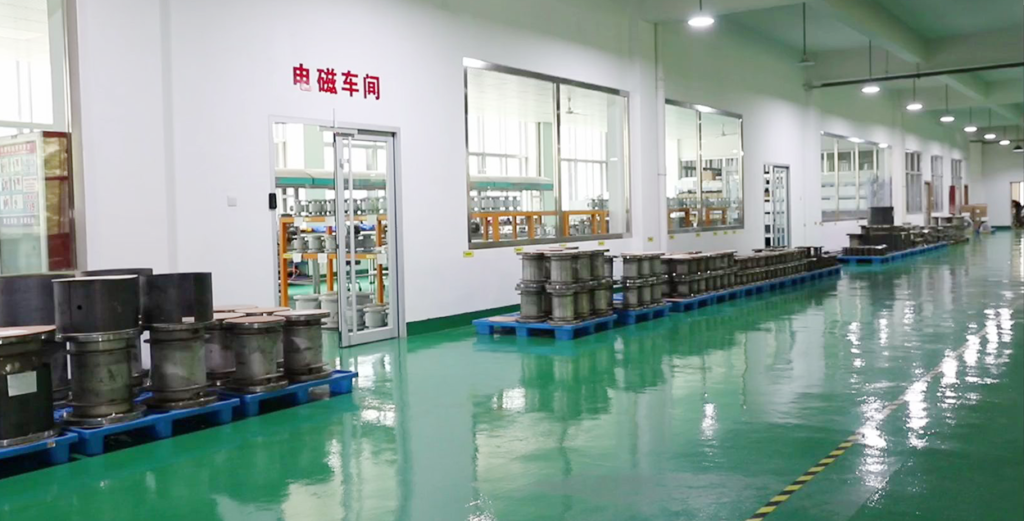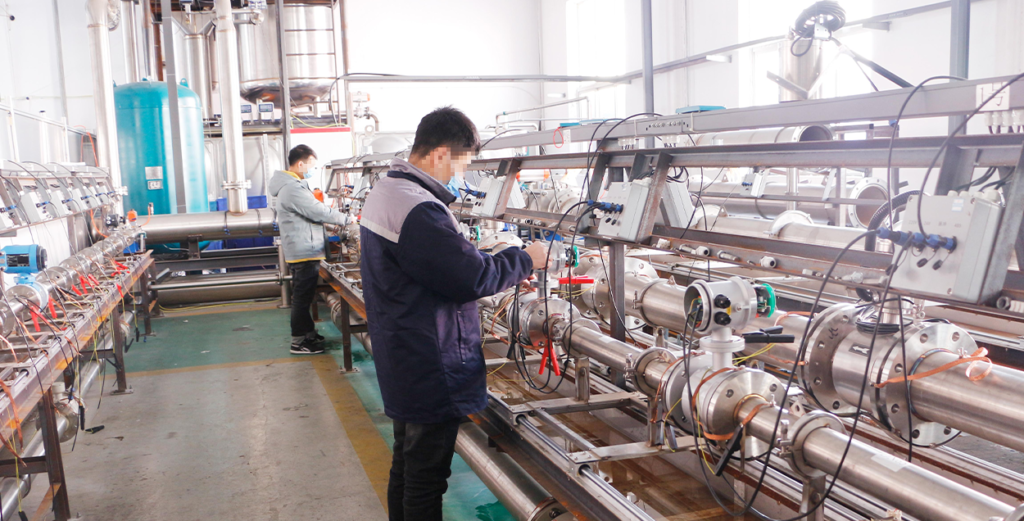MEJ-7001 Flat pH electrode can be used for pH measurement of flue gas desulfurization (FGD), or other harsh environment, such as whitewash, seriflux, etc.
Characteristics:
Zero potential point: 7 ± 0.5 pH
Conversion coefficient: > 96%
Installation size: 3/4NPT
Pressure: 1 ~ 6 Bar at 25 ℃
Temperature: 0 ~ 60℃ for general cables
Intro to The MEJ-PH7001 Flat pH sensor for flue gas desulfurization
The following is an explanation of a flat pH sensor used for flue gas desulfurization (FGD):
- Strong corrosion resistance
Material characteristics: Made of corrosion-resistant materials such as titanium alloys, glass coatings, special polymers, or acid alkali resistant ceramics, it can withstand long-term corrosion from high concentration acidic media (such as slurries containing SO ₂, H ₂ SO ∝, H ₂ SO ₄) in FGD systems, extending its service life.
Structural design: The flat plate structure reduces gaps and dead corners, reduces the risk of chemical corrosion caused by slurry retention, and avoids the problem of traditional glass electrodes being easily worn or corroded by slurry. - Excellent wear resistance
High surface strength: The sensor has a high surface hardness and can withstand long-term erosion and wear from FGD slurry (containing gypsum particles, dust, and other solid suspensions), making it suitable for harsh working conditions with high solid content (usually 10%~30%).
Impact resistance: The flat plate design is not easily damaged by slurry flow impact or agitator disturbance, and is more robust than the spherical sensitive film of traditional glass electrodes. - Fast response speed
Sensitive membrane characteristics: The flat sensitive membrane has a uniform and thin thickness, a short ion diffusion path, and can quickly respond to changes in the pH value of the slurry (usually<30 seconds), meeting the real-time control requirements of the FGD system (such as adjusting the injection amount of limestone/lime slurry).
Dynamic adaptability: During fluctuations in the composition of the slurry or system start-up and shutdown processes, pH value changes can be promptly fed back to avoid control delays or overshoot caused by response lag in traditional electrodes. - Strong anti pollution ability
Smooth surface design: The flat structure surface is not easily adhered to solid particles or viscous substances (such as gypsum crystals) in the slurry, reducing the risk of pollution and scaling, and lowering maintenance frequency.
Self cleaning function: Some models support fluid flushing or ultrasonic self-cleaning, further reducing the need for manual cleaning and improving system stability. - Easy installation and maintenance
Compact structure: The flat sensor has a small volume and light weight, and can be directly inserted into the side wall of pipelines or reaction towers (such as absorption towers) without the need for complex flange or sheath structures, saving installation space.
Long calibration free period: High stability reference electrodes and anti poisoning designs (such as solid reference electrolytes) are used to reduce calibration frequency caused by reference liquid contamination. Some models can achieve 6-12 months of calibration free operation.
Modular design: supports quick disassembly and replacement, without the need to shut down or drain the slurry during maintenance, reducing system downtime and maintenance costs. - High measurement accuracy and good stability
Temperature compensation capability: Built in temperature sensor, combined with algorithm to compensate for the impact of temperature on pH value in real time (the temperature of the FGD system is usually 40-80 ℃), ensuring measurement accuracy under different working conditions.
Anti interference capability: Designed with double salt bridge reference electrodes or shielded cables, it suppresses the influence of electrochemical reactions (such as redox reactions) or electromagnetic interference in the slurry on the signal, ensuring signal stability. - Suitable for complex working conditions
Wide range and pressure resistance: The measurement range is usually 0-14 pH, and the pressure resistance can reach 1-2 MPa, suitable for high-pressure spray or vacuum environments in FGD systems.
Temperature resistance to sudden changes: The material has a low coefficient of thermal expansion and can withstand rapid temperature changes in the slurry (such as cold and hot shocks during start-up and shutdown phases), avoiding the problem of traditional glass electrodes breaking due to thermal stress. - Integration and intelligent adaptation
Digital output: Supports 4-20 mA, HART or RS485 digital signal output, making it easy to connect to DCS (distributed control system) for remote monitoring and automatic adjustment.
Intelligent diagnostic function: Some models have electrode status self-test (such as sensitive membrane impedance monitoring, reference electrode drift warning), which can provide advance notification of maintenance needs and improve system reliability. - Environmental friendliness and economy
Long life design: reduces electronic waste generated by frequent electrode replacement and meets environmental requirements.
Low overall cost: Although the initial investment may be higher than traditional glass electrodes, their long lifespan, low maintenance, and high reliability significantly reduce long-term usage costs.
| Product | Flat pH sensor |
| Model | MEJ-PH7001 |
| Measurement range | 0-14 pH |
| Zero potential point | 7 ± 0.5 pH |
| Slope | > 96% |
| Internal impedance | 150-250 MΩ(25℃) |
| Practical response time | < 1 min |
| Installation size | Upper and Lower 3/4NPT Pipe Thread |
| NTC | NTC10K/Pt100/Pt1000 |
| Heat resistance | 5-80℃ for general cables |
| Pressure resistance | 0.2MPa |
| Connection | Low-noise cable |
Lorem ipsum dolor sit amet, consectetur adipiscing elit. Ut elit tellus, luctus nec ullamcorper mattis, pulvinar dapibus leo.
Lorem ipsum dolor sit amet, consectetur adipiscing elit. Ut elit tellus, luctus nec ullamcorper mattis, pulvinar dapibus leo.
Component workshop

Calibration workshop

Product verification
